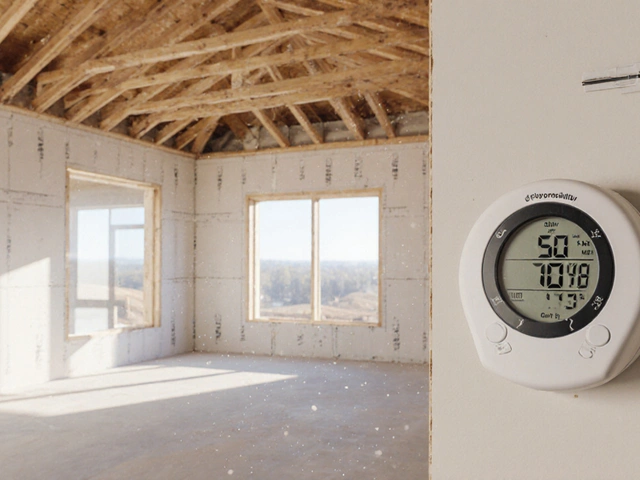Building Contractors: What You Need to Know Before You Hire
Thinking about a new build, a big renovation, or fixing a cracked foundation? The right building contractor can make the difference between a smooth project and a constant headache. In this guide we’ll walk you through the most useful steps to find, evaluate, and work with a contractor who actually delivers what they promise.
How to Pick the Right Building Contractor
First off, look for a contractor who holds a valid UK license for the type of work you need. A licensed builder shows they’ve passed basic safety and competency checks. Next, ask for proof of insurance – public liability and workers’ comp protect you if something goes wrong on site.
References matter more than glossy websites. Call at least three recent clients and ask specific questions: Did the project finish on time? Was the budget respected? How well did the contractor handle unexpected issues like wet soil or supply delays? Real answers will reveal reliability.
Don’t forget to verify that the contractor has experience with the exact scope you’re planning. A builder that specializes in new‑build homes may not be the best choice for a small kitchen dry‑fit, and vice‑versa. Look at their portfolio: photos, before‑and‑after shots, or even walk a current site if possible.
When you get a quote, break it down line by line. A clear estimate will list labour, materials (like limestone from local quarries), permits, and contingency costs. If the price seems too low, it could hide hidden fees later. A good rule of thumb is to add a 10‑15% buffer for unforeseen work, especially for foundations and drainage.
Common Mistakes to Avoid
One big mistake is signing a vague contract. Your agreement should state project milestones, payment schedule, warranty details, and how change orders will be handled. Without this, you risk surprise costs when the contractor decides to “add extra work.”
Another pitfall is skipping the site inspection before work begins. Walk the area, check access routes, and confirm where materials will be stored. If you’re building on a plot with tricky soil, discuss foundation solutions up front – things like the 345 rule or proper footing depth can save you money down the line.
Finally, don’t assume communication will be automatic. Set a weekly check‑in, whether it’s a quick call or a short on‑site meeting. Clear, regular updates keep everyone on the same page and allow you to catch issues before they snowball.
By following these steps you’ll feel confident that the building contractor you choose can handle everything from roof replacement budgeting to drywall finishing. Remember, the best contractor is the one who’s transparent, experienced, and responsive to your specific project needs.
Ready to start? Make a shortlist, request detailed quotes, and schedule those reference calls. The right partner will turn your construction vision into reality without the usual stress and surprise costs.
Understanding Lower Tier Contractors: Navigating the Building World

Lower tier contractors play a crucial role in construction projects but often remain in the background. These contractors work under higher-tier contractors, focusing on specific tasks, often involving specialized skills. Understanding their role helps in navigating the complex construction hierarchy and can lead to more efficient project management. Knowing how to choose and manage lower tier contractors can make a big difference in a project's success.
read moreTier 1 Contractor: What You Need to Know

Understanding the role of a Tier 1 contractor can help demystify some of the complexities in the construction industry. Tier 1 contractors are big players responsible for managing major projects, ensuring everything runs smoothly from start to finish. They bring together various parts of a project, handle negotiations, and even manage risks. Learning about their functions and responsibilities can provide insights into how large-scale constructions are brought to life.
read more



